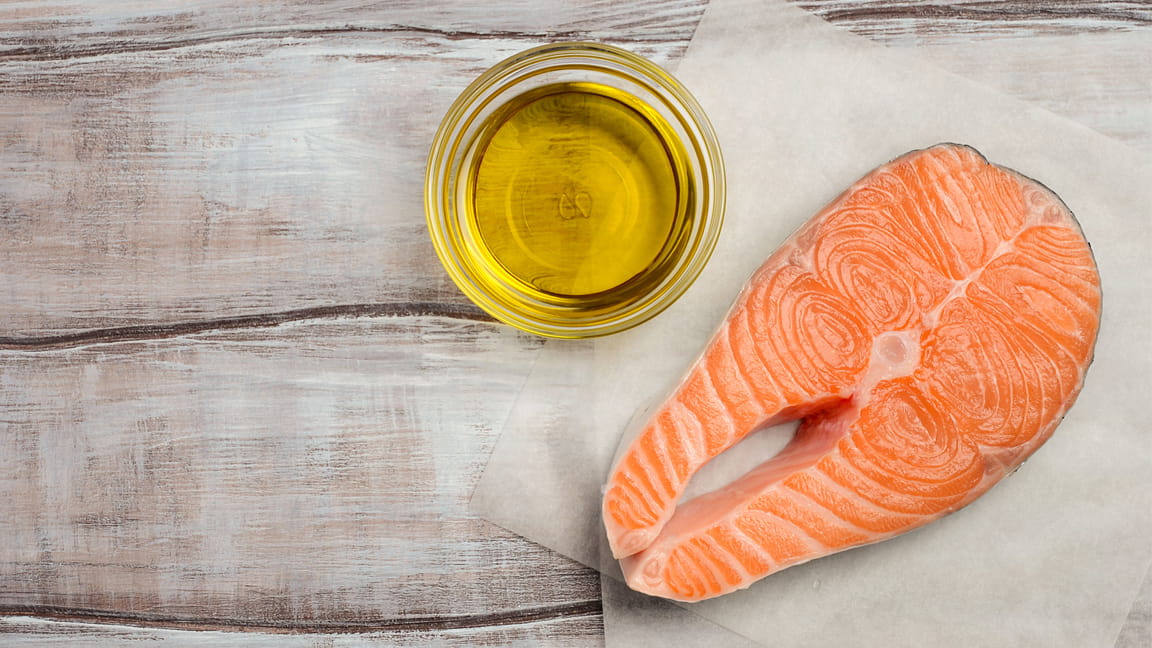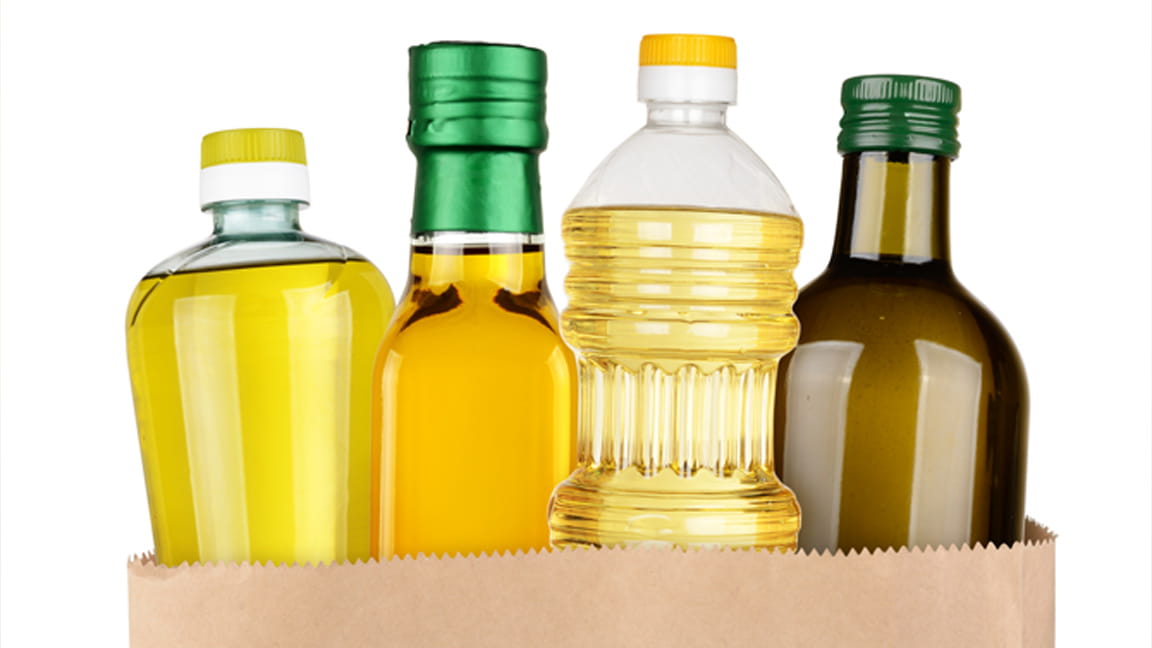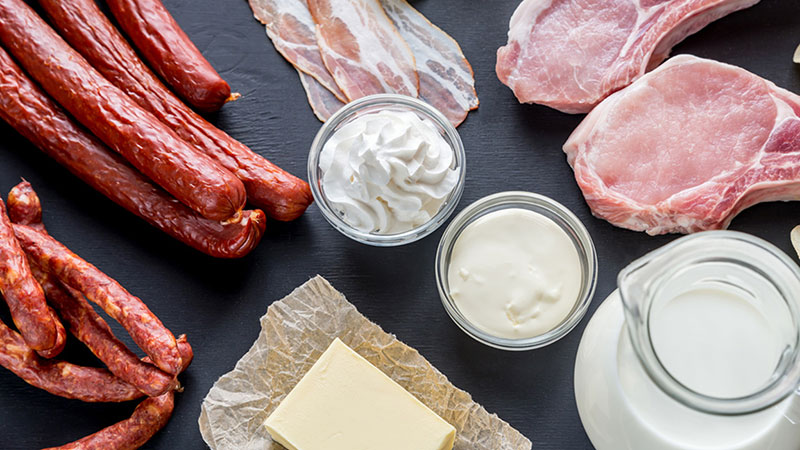Fats and healthy fats

Body positive movement emphasises self-love and acceptance of all body types, challenging societal norms around ideal body shapes and sizes. While it promotes mental well-being and can reduce the stigma associated with obesity, it's essential to balance this perspective with awareness of the
Acknowledging and addressing these health risks doesn't negate the movement's positive aspects but encourages a comprehensive approach to health that includes both physical and mental well-being.
Not all fats are created equal, and understanding the difference between healthy and unhealthy fats is crucial for maintaining a balanced diet and promoting overall health. Healthy fats are an indispensable part of a balanced diet. They are vital for absorbing vitamins, providing energy, and supporting cell growth. Healthy fats also contribute to feeling full, which can help with weight management. Moreover, fats like omega-3 fatty acids are essential for brain health and can reduce the risk of chronic diseases.
Types of Fats
Fats can be categorised into four main types: saturated, trans, monounsaturated, and polyunsaturated. Each has different chemical structures and health impacts.
When navigating the landscape of healthy versus unhealthy fats in your diet, it's crucial to understand the role of different types of fats and how they impact your health. Here's a generalised approach based on dietary science:


- Prioritise Monounsaturated and Polyunsaturated Fats: These are your "healthy" fats, found in plant and animal foods: like avocados, olive oil, nuts, and fatty fish. They can help improve blood cholesterol levels, reducing the risk of heart disease. They play a crucial role in brain function and cell growth. The American Heart Association suggests including these fats in your diet by consuming foods like nuts and seeds, and using oils like olive oil for cooking and dressing. Examples: Olive, Canola, Peanut, Safflower, Sesame, Avocados, Peanut butter; some nuts and seeds including almonds, hazelnuts, pecans, pumpkin seeds and sesame seeds; canola, corn, tofu/soybean, sunflower; fatty, or oily fish, including anchovies, herring, mackerel, black cod, salmon, sardines, bluefin tuna, whitefish, striped bass and cobia. These fish are high in omega-3 fatty acid.

- Limit Saturated Fats: Typically found in animal products such as red meat, butter, and full-fat dairy, saturated fats can raise your LDL ("bad") cholesterol levels, increasing the risk of heart disease. The Dietary Guidelines for Americans recommend limiting saturated fat intake to less than 10% of your daily calories. Choosing lean meats, opting for low-fat or fat-free dairy products, and using cooking oils high in unsaturated fats are ways to reduce saturated fat intake. Recommended: <10% (5% to 6% for patients with hypercholesterolemia) of calories from saturated fat from daily calorie intake what is for e.g. from 2,000 calories a day about 26 (13) grams of saturated fat. Examples: beef, lamb, pork, poultry (especially with skin), beef fat (tallow), lard and cream, butter, cheese, ice cream, coconut, palm oil, palm kernel oil, some baked and fried foods

- Avoid Trans Fats: These are the "unhealthy" fats, often found in processed foods, baked goods, and some margarines. Trans fats can raise your LDL cholesterol and lower your HDL ("good") cholesterol, which is a risk factor for cardiovascular disease. The FDA has taken steps to remove artificial trans fats from the food supply, but it's still important to read food labels and limit foods containing partially hydrogenated oils. Examples: doughnuts, cookies, crackers, muffins, pies and cakes, commercially fried foods and baked goods made with shortening or partially hydrogenated vegetable oils
FoodIntake app helps you to identify processed foods and foods with bad nutritional composition by labelling them for you
The best recipe nutrition calculator or calories from recipe calculator. Easily helps to figuring out nutritional information in recipes.
Balance is Key
Consider Your Personal Health Needs
Individual health conditions, such as high cholesterol or heart disease, may require more specific dietary adjustments. Consulting with a healthcare provider or a dietitian can provide personalised advice tailored to your health needs.
Focus on Whole Foods
A diet rich in whole, unprocessed foods like fruits, vegetables, whole grains, and lean proteins naturally leans towards healthier fat sources while minimising intake of unhealthy fats
Incorporating Healthy Fats into Your Diet
Integrating healthy fats into your diet doesn't have to be challenging. Opt for olive or avocado oil when cooking, enjoy a handful of nuts as a snack, and include fatty fish like salmon in your meals a couple of times a week. When shopping, be sure to read nutritional labels carefully to avoid foods high in trans fats and saturated fats. See another out article about processed and un-processed foods
Conclusion
Fats are a complex group of nutrients with varied effects on health. While it's important to limit unhealthy fats, including trans and excessive saturated fats, healthy fats are essential for a balanced diet. By making informed choices about the fats we consume, we can enjoy the benefits they offer while maintaining our health and well-being.
References






Comments ()